Between traditional squid bait and byproduct-based alternative, no statistically significant difference was noted in catch efficiency
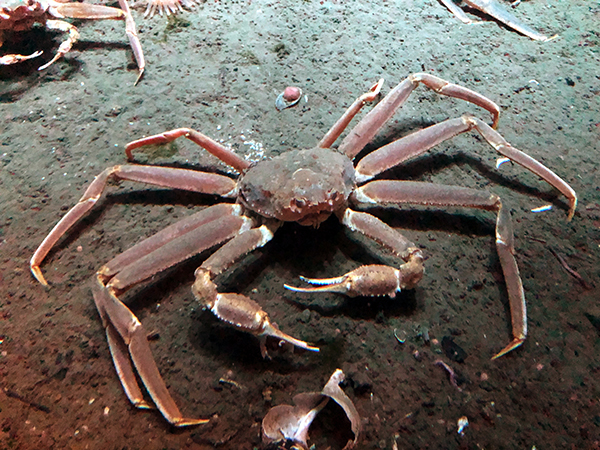
The continued use of resources that could be used for human consumption in further food production has come under criticism due to its relative inefficiency. Specifically, in fisheries, the criticism of inefficiency is often focused on the use of several wild-captured species as bait for other fisheries instead of direct human consumption. Such bait production involves high production costs and results in large amounts of post-capture processing waste. Additional concerns regarding the use of bait from wild-capture fisheries include negative ecological consequences and increased fuel consumption for the capture and transportation of the bait.
In pot fisheries, bait is a substantial part of determining gear effectiveness at attracting and capturing the target species. The mechanism behind the catch process in the pot fishery is utilizing the food-search behavior of the target species with bait being the source attracting the individuals to approach the gear. When the target individuals encounter the pot, the capture is dependent on them entering the pot following the attraction to the bait source placed in the pot.
Bait constitutes a considerable operating cost due to the substantial amount of pots used in the fishery (up to a maximum of 2,000 pots per day, which equals up to around 2,000 kg of bait. Thus, alternative, effective, low-priced and more sustainable bait is needed. One such bait alternative can involve the byproducts from commercial fisheries. Such bait ingredients represent an opportunity to increase sustainability and lower costs by replacing food-grade bait from capture fisheries with one that does not offer any nutritional benefit for human consumption.
However, for an alternative bait to be used in the fishery, its catch efficiency needs to be comparable to the traditionally used bait type to provide at least the same profitability. In addition, the new bait type should not attract more undersized individuals to the pots since that could considerably increase the sorting time onboard the fishing vessel and expose the small individuals to cold weather conditions that might affect the survival rate after the undersized snow crab are returned to the sea.
This article – summarized from the original publication [Cerbule, K. et al. 2023. Increasing sustainability in food production by using alternative bait in snow crab (Chionoecetes opilio) fishery in the Barents Sea. Heliyon Vol 9, Issue 3, March 2023, e13820] – discusses the results of a study where authors compared the efficiency of commercially used squid bait and new bait produced from marine by-products from seafood processing, to determine if there are there any differences in the catch efficiency of undersized and target-sized snow crab if the conical snow crab pots are baited with new experimental bait compared to traditionally used squid.
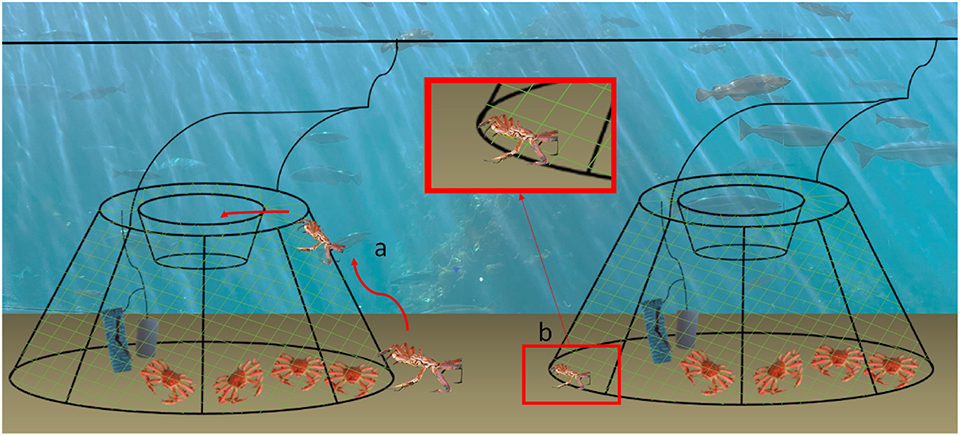
Study setup
Sea trials to test the new bait were conducted in May 2022 onboard a commercial snow crab fishing vessel at the snow crab fishing grounds in the Barents Sea. The fishing depth was approximately 300 meters.
The treatment pots were baited with the new bait produced by Norbait AS of Norway, and bait was produced at a processing line developed by Norbait AS 8. April 2022. The main ingredients were the leftover raw materials from the production of seafood products including whitefish and squid offal. The control pots were baited with the standard bait of whole frozen squid (Illex sp.) delivered by the Norwegian seafood company Domstein Fish AS, which is normally used in commercial snow crab fisheries.
During the experiments, both treatment and control pots contained similar amounts of bait. Specifically, all treatment and control pots were baited with one small mesh bag and one plastic container placed equally in each pot. Each bait bag and container were baited with approximately 320 grams of experimental bait and standard bait for the treatment and control pots, respectively.
To compare the catch efficiency of pots using the two bait types, the pots of each bait type were deployed on two separate parallel longlines with approximately 700 meters distance. Such distance was chosen to minimize the potential contamination between the two bait types while the pots were deployed. However, the distance between the pot lines (treatment and control group) also could not be extended much more due to potential variations in snow crab abundance.
For detailed information on the experimental design, bait processing and pot placement; estimation and comparison of bait capture efficiency; and statistical analyses, refer to the original publication.
Study: Pyridine is ‘highly toxic’ to crabs and caused 2021 die-off
Results and discussion
This study evaluated the performance of a new bait produced from marine by-products against the currently used squid bait in the Barents Sea snow crab fishery. The objective was to reduce the dependency of using human food resources as bait, and thus increase the sustainability in the food production in the snow crab fishery.
We observed significant differences in treatment and control pots regarding the lower number of undersized snow crabs being retained in the pots using the experimental bait in all three series. This could be potentially caused by two factors.
The first explanation could be that the experimental bait decayed faster compared to the control bait reducing the ability to attract snow crabs during the pot deployment. Visual and qualitative observations upon the pot recovery showed that around half of the experimental bait in the bait bag was depleted after 13 days soak time while approximately one-fifth was depleted after the short soak time (nine days). However, the experimental bait in the bait container did not decay to the same extent as in the bait bag and was approximately equal to the initial bait amount when the pots where deployed. This was comparable to the squid bait.
The second potential explanation is that the experimental bait from the beginning would show a lower attractiveness compared to the traditional squid bait in the control pots. The latter explanation would affect the entrance of target-sized snow crabs in a similar way.
However, treatment and control pots with short soak times showed no difference in the capture efficiency of target-sized individuals between experimental and control pots. Therefore, we can conclude that a lower initial efficiency of the experimental bait to attract snow crabs cannot be a possible explanation.
Thus, the results of the observed reduction in undersized snow crab for long soak time pots could indicate that the experimental bait did not maintain its attractiveness as long as the baseline bait (i.e., bait odor decayed faster when compared to the squid bait). However, controlled experiments assessing the efficiency of the experimental bait for different soak times would be needed to assess whether the prolonged release of bait odor of experimental bait would increase the catch efficiency of target-sized individuals.
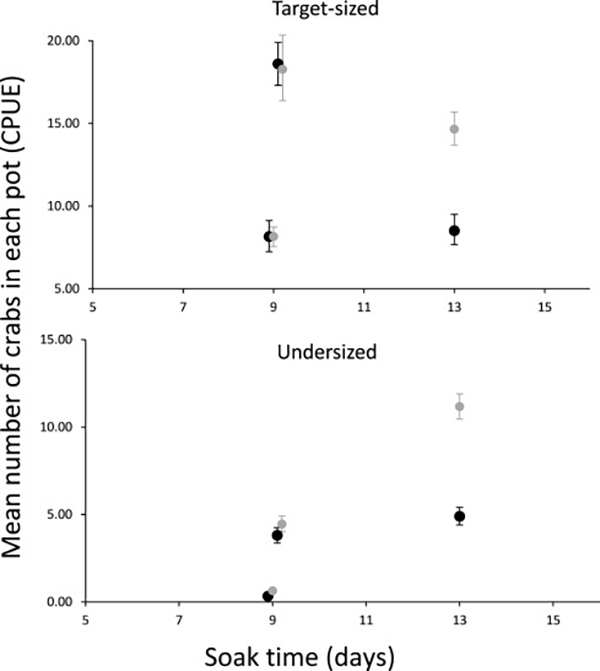
In this study, a large reduction of target-sized snow crabs was observed for the experimental pots using a long soak time (13 days). The possible implication of having pots with long soak times is that it allows snow crabs to approach the pot from a larger initial distance. In such case, observed lower efficiency of the experimental bait for the long soak time pots would imply a possible lower efficiency of the bait over a longer distance.
However, this is not relevant for the shorter time since no such reduction was observed for the shorter soaking period (i.e., 9 days soak time). Therefore, while the new bait in this study demonstrated convincing results for a relatively short soak time (nine days) along with some benefits regarding the observed reduction of undersized crab (<95 mm CW), the efficiency with longer soak time where the crab need to be attracted over longer distances can be reduced.
However, the intended soak time in the snow crab fishery is around one week considering the optimal catch efficiency and providing sufficient time for an optimal size selection of undersized snow crab at the seabed. Longer soak times are often associated with operational challenges in the fishery, e.g., related to harsh weather conditions.
Considering this deployment pattern in the fishery, the observed results show an optimal efficiency of the experimental bait. Specifically, for the deployment pattern as intended in the fishery, we obtained an equal catch efficiency of target-sized crabs while observing a significantly lower capture of undersized crabs.
Therefore, in addition to being able to contribute to increasing the sustainability of food production by not using bait that can be used in direct human consumption, it also has a positive effect on the increased release of undersized crabs at the seabed. The duration of the bait effect should be adjusted to fishing patterns regarding the optimal soak time for which further experiments would be needed. This process could benefit from a more time-controlled release of the bait molecules by using commercial, timed bait release devices, such as the Longsoaker device (Longsoaker Fishing Systems Inc.).
The results of this study determined that the use of the alternative bait shows similar catch efficiency for target-sized snow crab in the Barents Sea fishery while having a potential under commercial application to reduce the operational costs related to bait used in the fishery. Currently, the production of the experimental bait is done in a small scale as it is still in the development phase and not yet used in the commercial fishery.
Therefore, the precise cost difference is unknown; however, the price of the experimental bait should be lower compared to the baseline bait for being accepted commercially. This challenge might be overcome in time with a reduction in costs if the production of the experimental bait is scaled up and put in large production. Lower bait costs could allow larger amounts of bait per pot which might increase the catch efficiency of the snow crab pots.
Perspectives
From a practical point of view, the use of the new bait would not involve any additional work or resources during the fishing process. Specifically, the storage of the experimental bait is the same as for the squid bait (frozen conditions), and the baiting process is easier due to the consistency of the new bait which does not disintegrate and, therefore it is easier to apply the same bait amount for each pot.
Further, the use of such an alternative bait source would contribute to a more sustainable and environmentally friendly fishing practice since the bait is based on byproducts from fish processing and would lower the carbon footprint due to lower fuel consumption that otherwise would be used in commercial fishery targeting bait species. Last, and more important yet, the new bait would reduce the dependency of the fishery on using food resources that can be used for direct human consumption.
Now that you've reached the end of the article ...
… please consider supporting GSA’s mission to advance responsible seafood practices through education, advocacy and third-party assurances. The Advocate aims to document the evolution of responsible seafood practices and share the expansive knowledge of our vast network of contributors.
By becoming a Global Seafood Alliance member, you’re ensuring that all of the pre-competitive work we do through member benefits, resources and events can continue. Individual membership costs just $50 a year.
Not a GSA member? Join us.
Authors
-
Kristine Cerbule, M.S.
Corresponding author
Department of Fisheries Technology, SINTEF Ocean, Trondheim, Norway; and UiT the Arctic University of Norway, Tromsø, Norway[111,110,46,102,101,116,110,105,115,64,101,108,117,98,114,101,99,46,101,110,105,116,115,105,114,107]
-
Leif Grimsmo, M.S.
Department of Fisheries Technology, SINTEF Ocean, Trondheim, Norway
-
Bent Herrmann, Ph.D.
Department of Fisheries Technology, SINTEF Ocean, Trondheim, Norway; and UiT the Arctic University of Norway, Tromsø, Norway; and DTU Aqua, Technical University of Denmark, Hirtshals, Denmark
-
Eduardo Grimaldo, Ph.D.
Department of Fisheries Technology, SINTEF Ocean, Trondheim, Norway; and UiT the Arctic University of Norway, Tromsø, Norway
Tagged With
Related Posts
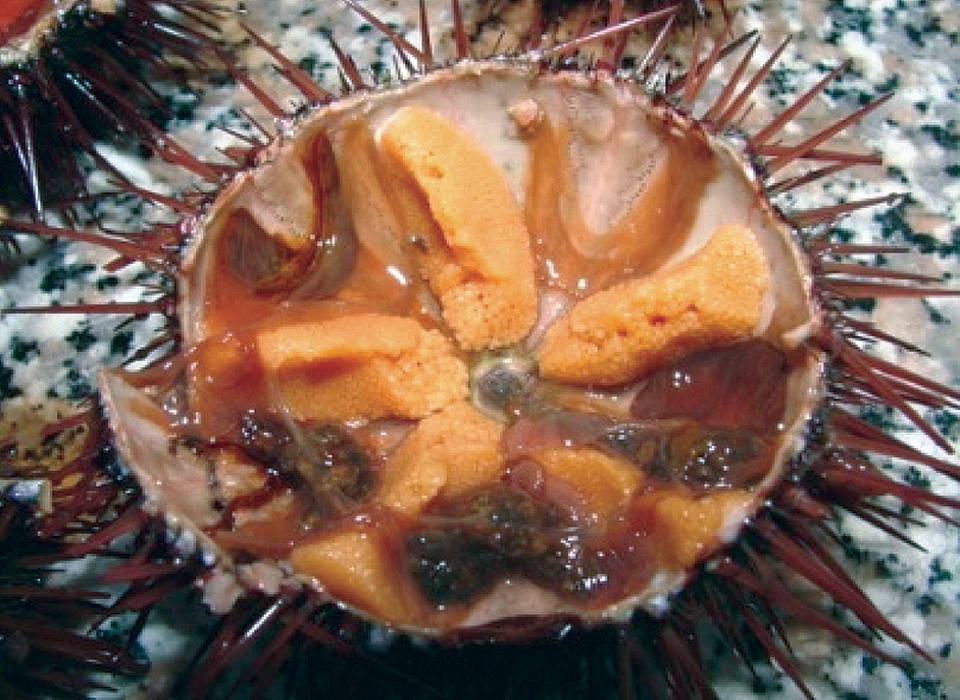
Health & Welfare
Aquaculture could enhance Mediterranean Sea urchin fishery
Although researchers in several countries are working to enhance sea urchin fisheries or commercial production, the development of a major commercial industry has been restrained by the lack of cost-effective production technology.
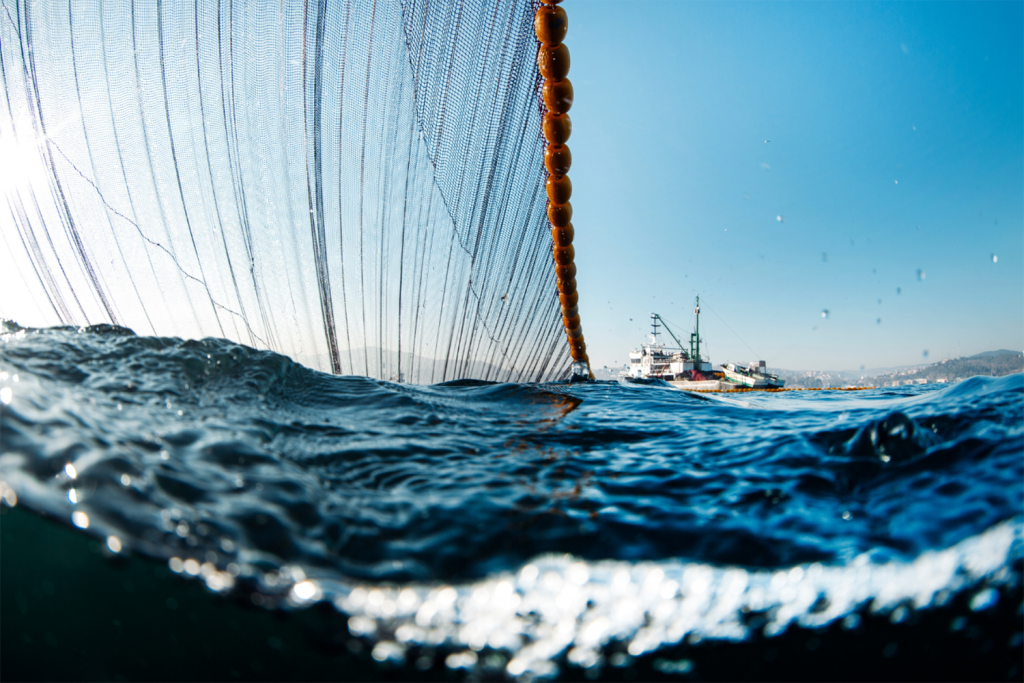
Fisheries
‘They need a good reason to stay’: How one coalition may break a decade of deadlock in the North Atlantic mackerel fishery
GOAL 2022: The North Atlantic Pelagic Advocacy Group, led by Dr. Tom Pickerell, is a finalist for GSA’s inaugural Global Fisheries Innovation Award.
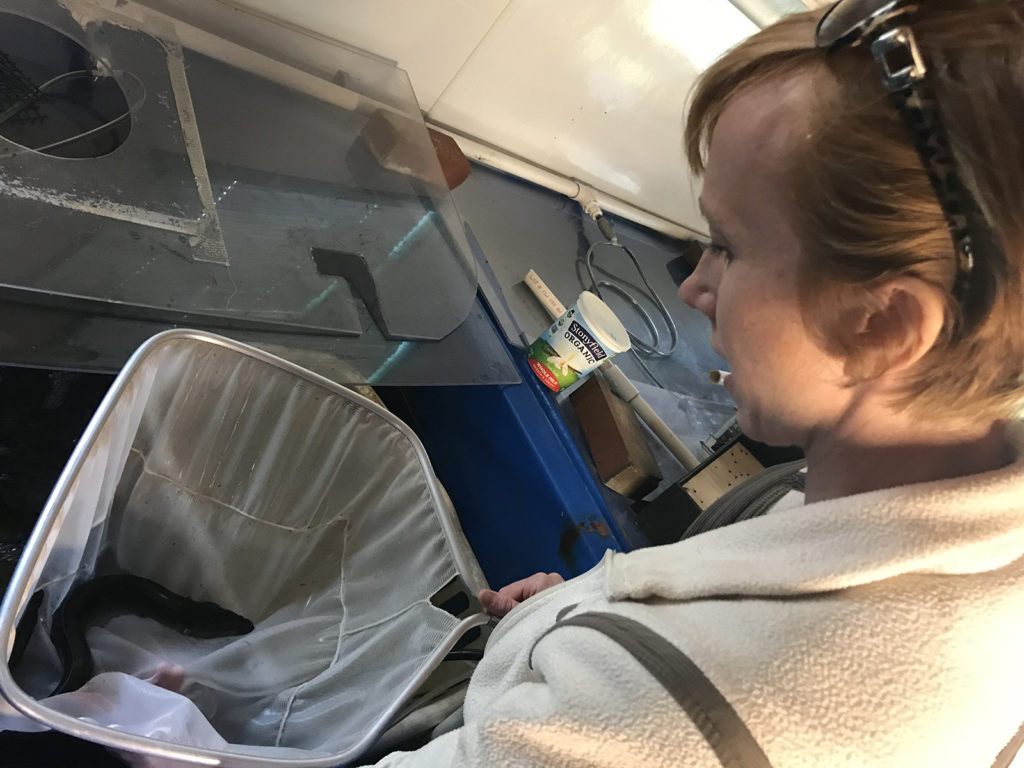
Innovation & Investment
American Unagi brings eel farming back ‘home’
Sara Rademaker launched American Unagi to shift eel farming to American soil, where the eels are from. Why? Because of the novelty, and because she saw an opportunity to do things better.
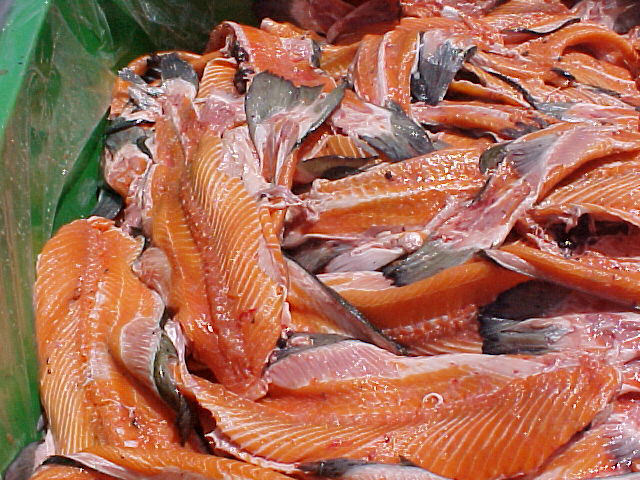
Intelligence
Byproduct utilization for increased profitability, part 3
Fish protein hydrolysates obtained from fish-processing wastes can be used to make valuable ingredients for the food and healthcare industries. Hydrolysates are produced from fish muscle and viscera through an autolytic process by endogenous enzymes or an accelerated method using exogenous enzymes.



